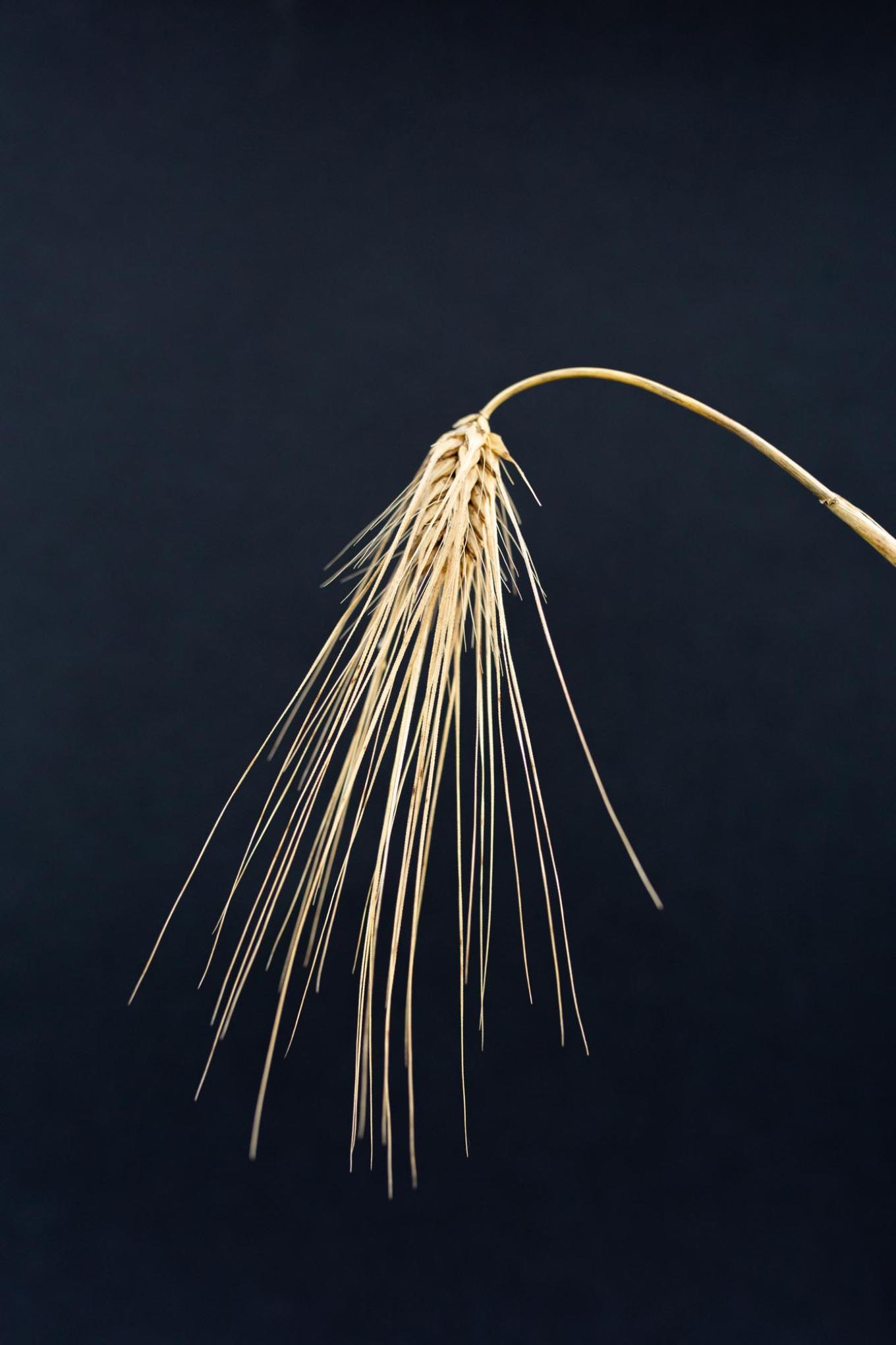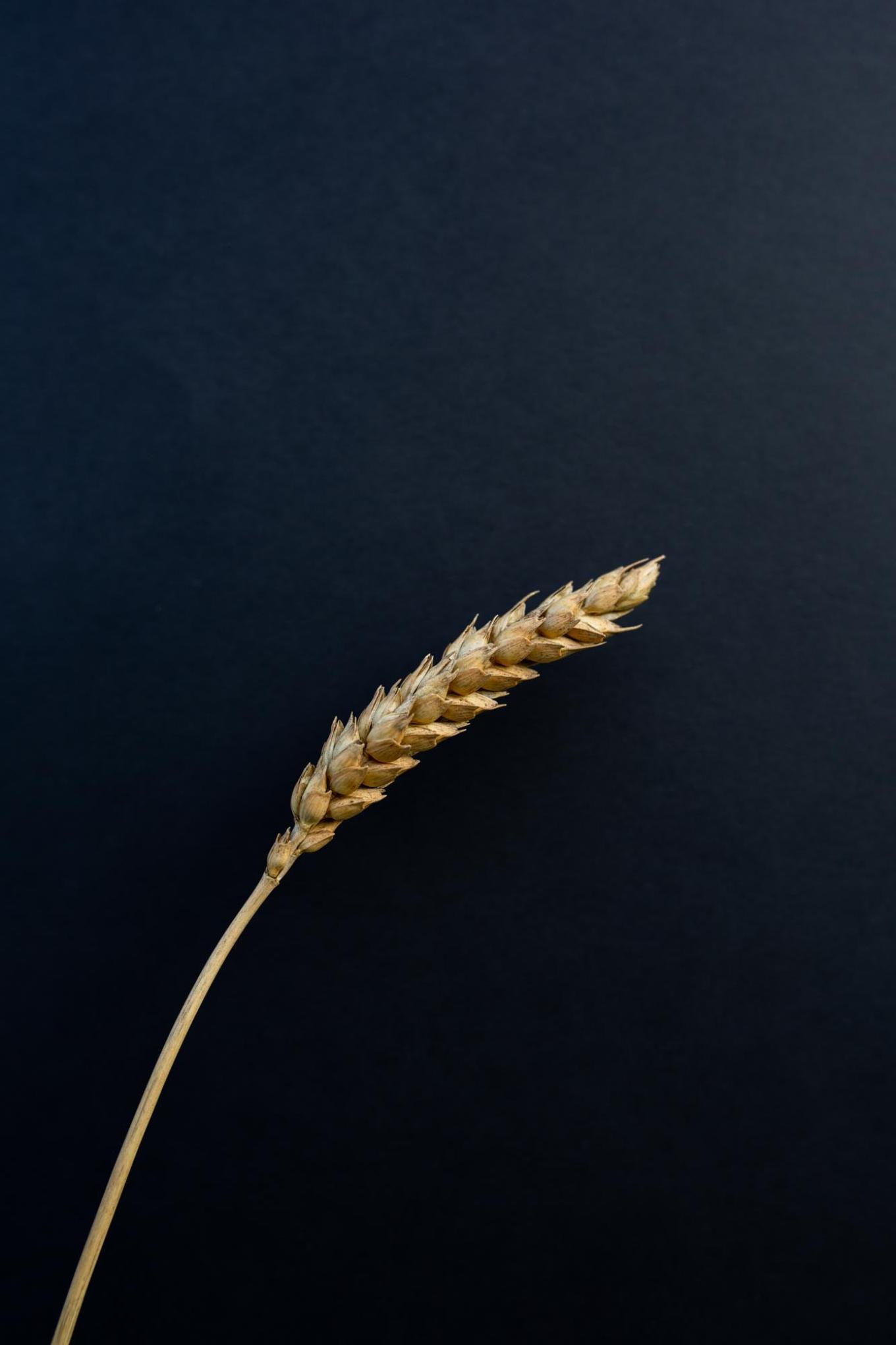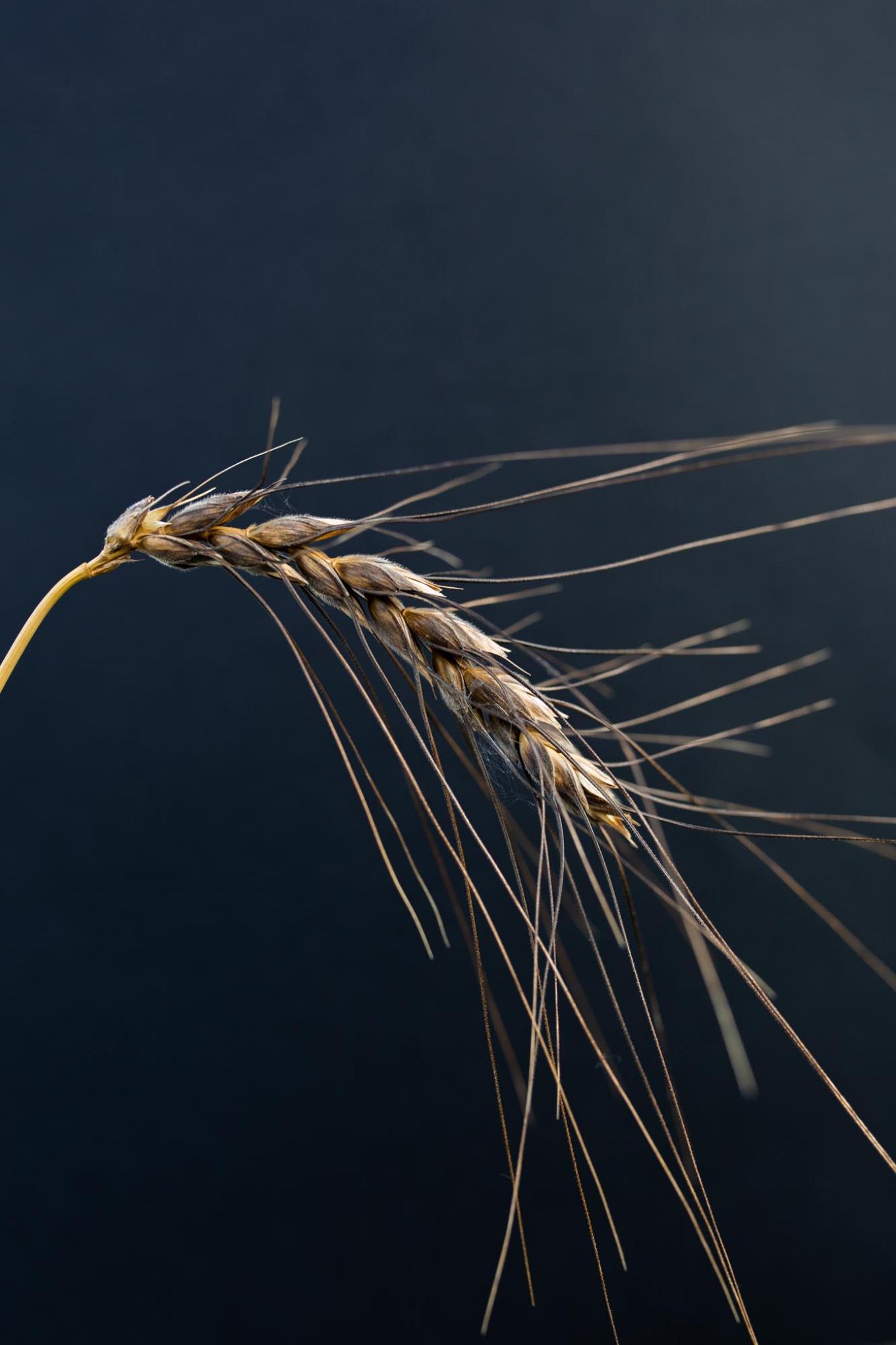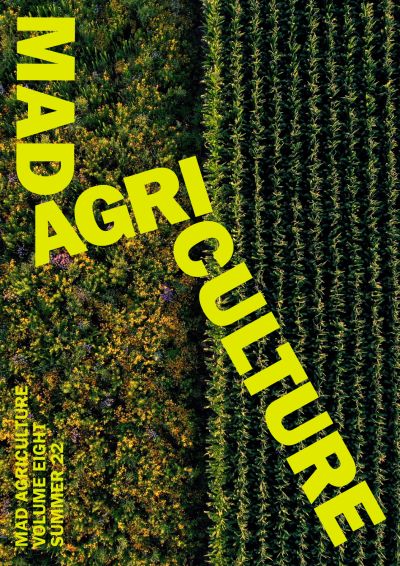
The Mad Agriculture Journal
A Dive into the Colorado Grainshed
Published on
July 08, 2022
Written by
Gabe Toth
Photos by
Sophia Piña-McMahon
Colorado is home to a rich agricultural community and maintains a prominent position in the heavily grain-dependent craft beer and craft spirits industries.
However, there is a profound disconnect.
The vast majority of the state’s craft-scale beverage alcohol producers rely on raw grain and malted barley that comes out of the international commodity grain and commodity malt systems, while small growers, once the cornerstone of the American food system, continue to struggle in an agricultural model that undercuts their profitability at every turn.
An overwhelming proportion of the malt used by Colorado brewers and distillers is sourced from maltsters in the Midwest who, in turn, rely on crops from Idaho, Montana, the Pacific Northwest, Canada, and even Europe. Raw grains such as corn, wheat, and rye are consolidated at grain elevators from countless small farmers based on analytical factors, such as starch and protein content, and subsequently moved around the country and between continents to meet demand.
This approach to farming, a race to the economic bottom, is relentless and almost systematic in pushing small farmers out of business. According to Time magazine, more than 100,000 farms were shuttered from 2011 to 2018, and more than half of all farmers have lost money every year from 2013 to 2018 (Semuels 2019). A report on regenerative farming commissioned by Patagonia states that median farm income rose slightly from -$1,735 in 2018 to -$1,383 in 2019 and was projected to fall to -$1,840 in 2020. “In recent years, roughly half of farm households have had negative farm income each year and, as a result, many of these households rely on off-farm income to make ends meet,” the report states (O’Connor 2017, 34).

These agricultural methods are also reliant on an extraction-based approach to farming that is propped up by chemical inputs to maintain soil fertility and keep pests at bay. A report issued in 2020 by the United Nations, titled the “State of Knowledge of Soil Biodiversity”, notes that “soils are one of the main global reservoirs of biodiversity, more than 40% of living organisms in terrestrial ecosystems are associated during their life-cycle directly with soils” (FAO, ITPS, GSBI, SCBD and EC 2020, 2). These soil organisms both provide direct nutrients for plant growth and also transform soil nutrients to become available for plants. However, modern carbon-intensive farming methods are contributing to issues as microscopic as decreased soil biodiversity and as large as the annual dead zone created by the accumulated nitrogen and phosphorus fertilizer runoff where the once-fertile Mississippi River Basin flows into the Gulf of Mexico.
Localization offers an opportunity to push back on these trends. Brewers, distillers, and maltsters can help local farmers earn a more sustainable bottom line and pursue more sustainable farm management practices. As Craft Beer and Brewing Magazine noted in their fall 2021 Brewing Industry Guide, “Decentralizing production and shortening supply chains is another way to support local agriculture while reducing some of the negative factors driving the climate crisis” (Keene 2021, 78).
In 2021 we took a deep dive into the Colorado grain supply chain to create an end-to-end picture that was not previously available, identifying a wide variety of quantifiable and unquantifiable factors that impact the choice of commodity versus local grain. The project pulled together data from the USDA, the Brewers Association, the American Malting Barley Association, state reporting on the Federal Excise Tax on distillers, self-reporting from local maltsters, farmer interviews, and a wide variety of additional reference materials.
The report identified a number of hurdles and opportunities that present themselves in any effort to increase localization of grain usage. The ultimate goal of this work is to produce a roadmap for growing the statewide network of farmers, maltsters, brewers, and distillers who source locally, and to identify needs for further research. By more directly supporting local agriculture, brewers and distillers can push back on the longstanding trends of consolidation and commoditization in American agriculture, which continue to erode the environment, reduce diversity in our food systems, and undermine the profitability of small farms around the country.

The data showed that the supply of corn for distilling in Colorado is abundant, but malting-quality barley — necessary for beer and many types of whiskey — is inadequate for increasing local malt supply much beyond current demand. The overwhelming majority of malting barley grown in Colorado is done on contract for the Coors malthouse using their proprietary Moravian barley variety (“Barley Variety Survey - 2020,” 2020). In addition, storage capacity was identified as a limiting factor, and cleaning/bagging grain is a potential near-term constraint as the market grows.
One of the biggest takeaways from the project was a comparison of in-state malting capacity — the amount of barley able to be converted into malt by the state’s maltsters — versus demand for malt from the craft beer market. The three craft maltsters that currently focus on sourcing, operating, and selling primarily in Colorado are all operating at or near capacity, but in sum have a maximum production capacity of less than five percent of the demand from the state’s craft beer sector. (This accounting does not take distilled spirits into account because a breakdown of specific grain types — corn, rye, wheat, and malted barley — is not available, but there is additional demand from craft distillers.)
While this capacity constraint represents a potential near-future bottleneck in local supply, the underlying driver to grow the market — demand — remains lacking. A more fragmented and more local supply chain will, in most cases, lead to higher grain costs. For malt in particular, the small scale of local processing increases prices above commodity malt. Small brewers, who often operate on razor-thin margins, remain very sensitive to these increased prices, though a similar increase in materials costs is often accepted in stride if it comes from an ingredient with more cachet, such as hops.
A number of potential benefits to localization of grain sourcing were also identified that could begin to sway opinions in the brewery, the distillery, and in the customer’s mind. Quantifiable community benefits include the financial resources redirected to local businesses and local jobs, as well as the reduction of the brewer’s or distiller’s carbon footprint due to decreased travel requirements for heavy, bulky raw materials. Among the unquantifiable benefits are the ability of the brewer or distiller to pursue local or unique grain varietals, an increased level of engagement as part of the local community, the ability to support better stewardship of the land through direct support for local farmers, and the opportunity to tell a better story in marketing the brand.

In sum, there are slight cost increases to a more localized supply chain, but my research shows how small these potential increases are on a per-unit basis or when compared side-by-side with the potential benefits. Thoughtful companies that have a broader vision, looking beyond their immediate profit and loss statement, will examine the entirety of their supply chain and their community and recognize benefits that broadly impact all members of their network. This is an inherent part of the holistic concept of a thoughtful, conscious business, “that all stakeholders are interdependent and that the best way to optimize long-term profits and long-term shareholder value is to simultaneously create value for the other stakeholders too” (Mackey and Sisodia 2014, 109).
The ultimate driver in any effort to grow the local grainshed will be consumer demand. In any supply chain, the only source of new revenue is the consumer; all other transactions between supply chain partners are merely fund transfers for value-added services such as transport, cleaning, storage, or processing. Therefore, to truly push localization forward, more effort is needed to educate customers and bring them on board. The current supply of craft malt from Colorado is, in part, a reflection of the demand from brewers, which in turn reflects customer requests. To inspire more customer demand and help change the underlying conversation with ingredients, brewers and distillers need to do more to tell the story of their materials, using the farm and the grain as differentiating factors, tying their product back to its agricultural roots.
This is a commitment not just from the brewers and distillers themselves, but also from the financial side of the business in recognizing the potential benefits that will accompany higher overhead, and the sales and marketing teams, who can tell the story of the farm as part of the story of the distillery or brewery. Among other possibilities, this may include business support (“We support X number of local jobs by sourcing locally”), supply chain engagement and visibility (“We’ve walked the land with the farmers who grow our grain”), or environmental concerns (“We’ve eliminated X pounds of greenhouse gasses through our shorter supply chain”).
The environmental aspect noted above also points to another need: further research into a variety of related topics. There is room to more precisely calculate the reduction in carbon emissions. Some distillers/researchers have identified varietal-dependent flavor differences (“The Rye Study: Variety Determines Flavor” 2021) as well as a statistically significant impact of the combination of flavor and varietal (Arnold 2021) and (Kyraleou 2020), indicating the potential for a producer to pursue a true sense of local flavor — terroir. However, this research is only the tip of the iceberg. There is a whole world of novel flavor exploration to be done. There is also a whole field of research regarding the economic impact of localizing the supply chain that is ripe for examination.
Overall, there is a path forward, but it requires greater engagement. Engagement between the brewer/distiller and the farmer, engagement between the customer and the brewer/distiller, and engagement between the supply chain and the academic research world. The members of the local grainshed have a great story to tell and a compelling case to make for localization, but it’s of little value if that story doesn’t reach the consumer.
To read this report in full, please visit the Mad Agriculture website. Gabe Toth was a 2021-2022 Mad Agriculture Fellow. He continues to be a lead distiller at The Family Jones Distillery.
References
Arnold, Rob, The Terroir of Whiskey, New York: Columbia University Press, 2021.
“Barley Variety Survey - 2020,” American Malting Barley Association, August 2020, https://ambainc.org/wp-content/uploads/2021/03/2020-US-MALTING-VARIETY-SURVEY.pdf.
FAO, ITPS, GSBI, SCBD and EC, “State of knowledge of soil biodiversity – Status, challenges and potentialities, Summary for policy makers,” Rome, 2020, https://doi.org/10.4060/cb1929en.
Keene, Ben, “The Climate Crisis is Coming for the Barley Crop,” Craft Beer & Brewing Brewing Industry Guide, Fall 2021, 76-79.
Kyraleou, Maria, Dustin Herb, Grace O’Reilly, Neil Conway, Tom Bryan, and Kieran N. Kilcawley 2021. “The Impact of Terroir on the Flavour of Single Malt Whisk(e)y New Make Spirit” Foods 10, no. 2: 443. https://doi.org/10.3390/foods10020443.
Mackey, John, Raj Sisodia, Conscious Capitalism. Harvard Business Review Press; Boston, 2014.
O’Connor, Jennifer, Barriers for Farmers & Ranchers to Adopt Regenerative Ag Practices in the US, Guidelight Strategies, August, 2020, https://forainitiative.org/wp-content/uploads/Barriers-to-Adopt-Regnerative-Agriculture-Interactive.pdf.
“The Rye Study: Variety Determines Flavor,” Far North Spirits, April 2021, https://farnorthspirits.com/wp-content/uploads/2021/04/Far-North-Rye-Study-PDF.pdf.
Semuels, Alana, “‘They’re Trying to Wipe Us Off the Map.’ Small American Farmers Are Nearing Extinction,” Time, November 27, 2019, https://time.com/5736789/small-american-farmers-debt-crisis-extinction/.

